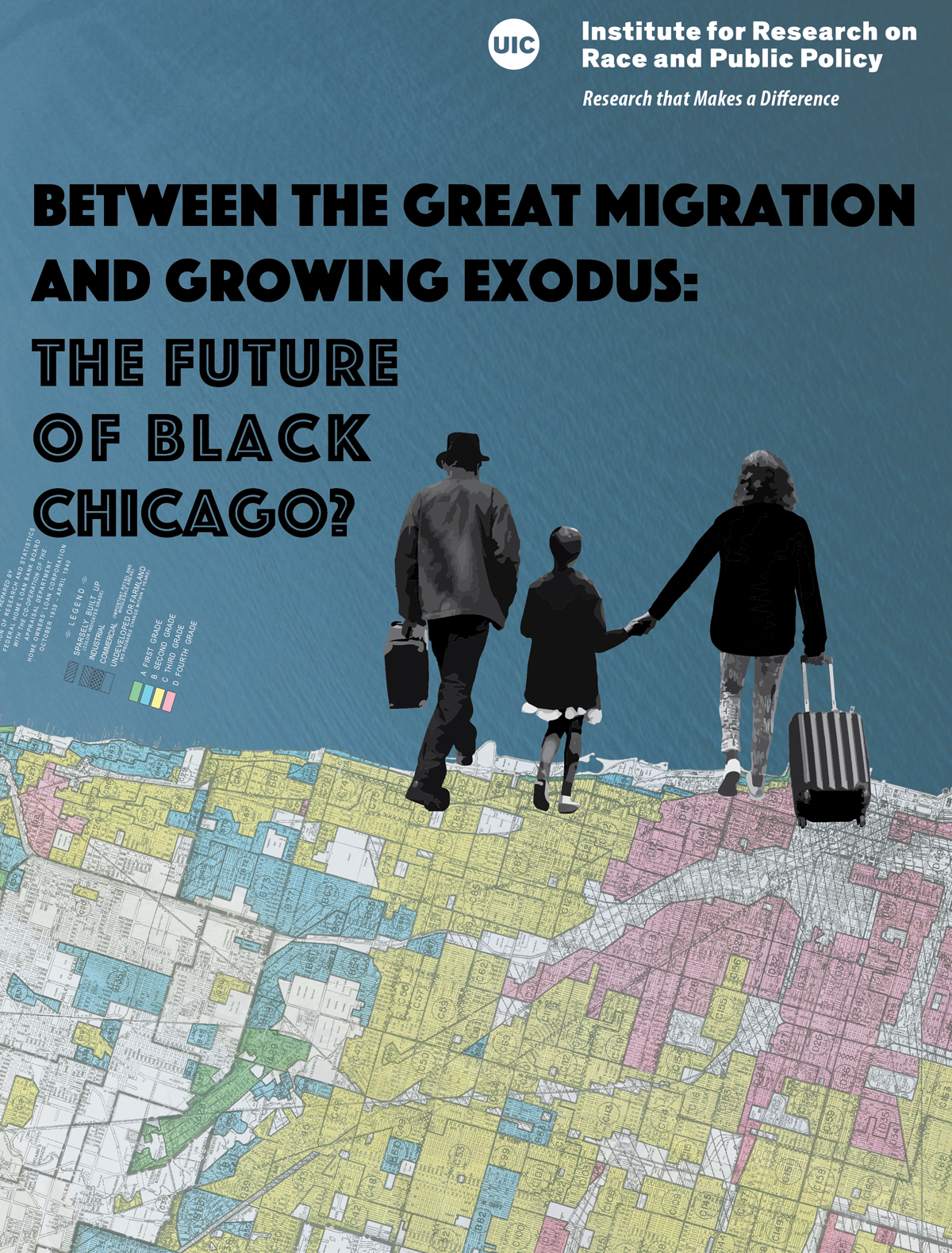Redlining from the 1930s, marked minority and low-income neighborhoods as “hazardous,” which influenced mortgage and insurance decisions. Results show that redlined areas have less greenspace and more pavement, intensifying urban heat. While higher temperatures generally decreased walking in “still desirable” or “best” neighborhoods, this effect was not significant in “definitely declining” or “hazardous” areas, possibly due to greater reliance on walking for essential activities. Findings underscore the lasting impact of discriminatory policies on environmental vulnerability and physical activity.
Tag: Neighborhoods
Racial/ethnic differences in living arrangements, distant relations, and later-life mental health
Abstract Objective This research investigates associations between living arrangements and older adults’ depressive symptoms and whether these associations are moderated by extended family, friends, and neighborhoods for White, Black, and Hispanic older adults. Background The drastic marriage and kinship decline…
UIC Urban Forum to consider Chicago’s next 50 years
University of Illinois Chicago event examines Chicago’s next 50 years and how to face the most pressing problems in planning, economics, climate and neighborhoods.
Your Neighborhood May Affect Your Survival from Stroke, Other Neurologic Conditions
People living in disadvantaged neighborhoods—areas with higher poverty levels and fewer educational and employment opportunities—had an increased risk of dying within a month of being hospitalized for stroke, epilepsy and other neurologic diseases compared to people living in neighborhoods with fewer disadvantages, according to new research published in the February 15, 2023, online issue of Neurology®, the medical journal of the American Academy of Neurology.

UIC Urban Forum to address wealth gap, equity concerns
New York Times best-selling author Heather McGhee to deliver keynote for virtual event April 14
Abandoned Buildings, Fear of Calling Police Contribute to High Rate of Fatal Overdoses in Philadelphia, New Study Shows
Abandoned Buildings, Fear of Calling Police Contribute to High Rate of Fatal Overdoses in Philadelphia, New Study Shows

UIC Business announces the Stuart Handler Department of Real Estate
The Stuart Handler Department of Real Estate joins the accounting, finance, information and decision sciences and managerial studies departments in serving the University of Illinois at Chicago College of Business Administration’s more than 3,000 undergraduate and 800 graduate students.
Neighborhood Features and One’s Genetic Makeup Interact to Affect Cognitive Function
Few studies have examined how the neighborhood’s physical environment relates to cognition in older adults. Researchers categorized 4,716 individuals by apolipoprotein E (APOE) genotype – a genetic risk factor for Alzheimer’s disease (AD) to determine if there are cognitive benefits of living in neighborhoods with greater access to social, walking and retail destinations. Results showed that the positive influence of neighborhood environments on cognition are strongest among those who are at the lowest risk for AD, specifically APOE ε2 carriers.

UIC report examines black population loss in Chicago
A mix of factors is involved in Chicago’s declining black population and others aren’t well defined, but inequality stands out as a leading element, according to a new report from the Institute for Research on Race and Public Policy at the University of Illinois at Chicago.